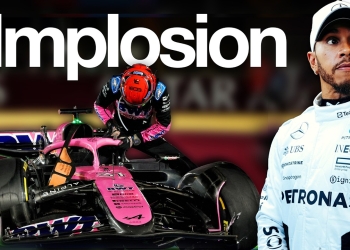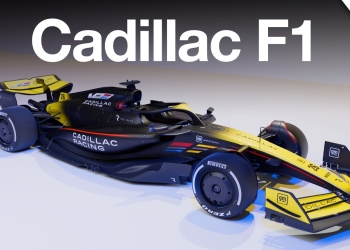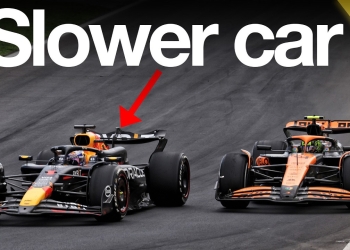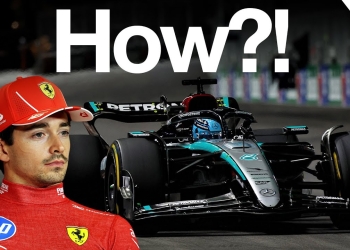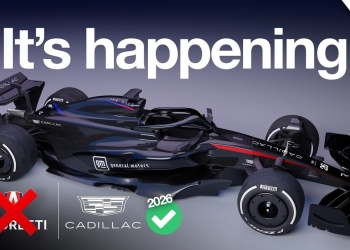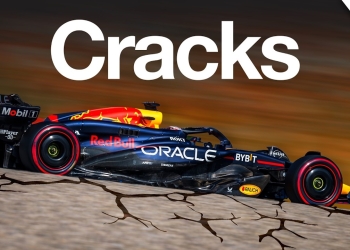Adrian Newey's Game-Changing Move to Aston Martin F1
In the high-stakes world of Formula 1, few moves have sent shockwaves through the paddock quite like Adrian Newey's decision to join Aston Martin. As someone who's covered the sport for years, I can't help but feel we're witnessing a seismic shift in the F1 landscape.
Newey, the mastermind behind countless championship-winning cars, is set to leave Red Bull for Aston Martin in early 2025. It's a coup that team owner Lawrence Stroll has been dreaming of, and he's pulled out all the stops to make it happen.
The deal is nothing short of extraordinary. Newey's role as "managing technical partner" comes with a reported £30 million annual salary and a stake in the team. But let's be real - for a man of Newey's caliber, it's not just about the money. The freedom to create, to innovate, to shape a team in his image - that's the real draw.
As Newey himself put it, "I'll be fully in. I need to be. I have to be."
This isn't just another technical director hire. Newey is the Michelangelo of F1 design, the man who's turned aerodynamic concepts into championship-winning machines time and time again. His move to Aston Martin is akin to Lionel Messi deciding to join a promising mid-table football club with ambitions of Champions League glory.
Why Aston Martin?
You might be wondering, why Aston Martin? Why not Ferrari, with its storied history, or a return to McLaren or Williams? The answer lies in Aston Martin's potential and ambition.
Stroll has invested heavily in the team, building a state-of-the-art factory at Silverstone that rivals anything in F1. They've got Honda coming on board as a works engine partner in 2026. And let's not forget Fernando Alonso, one of the most talented and experienced drivers on the grid.
Click here to preview your posts with PRO themes ››
For Newey, this is a blank canvas. A chance to build something from the ground up, free from the constraints and politics that can bog down established teams. It's a challenge that clearly excites him, and one that could define the final chapter of his illustrious career.
The Potential Pitfalls
But let's not get ahead of ourselves. Success in F1 is never guaranteed, even with someone of Newey's caliber on board. Aston Martin has shown flashes of brilliance, like their strong start to the 2023 season, but they've struggled with consistency.
Their development path has been erratic, with upgrades often introducing new problems rather than solving existing ones. As Alonso bluntly put it, "The more difficulties you have, the more hard lessons you learn, and we are experts on those."
Integrating Newey into an existing structure won't be easy either. Red Bull has sometimes struggled to balance Newey's unique role with the rest of their technical team. Aston Martin will need to find a way to harness Newey's genius without alienating their existing talent.
The Road Ahead
Despite these challenges, I can't help but feel excited about what this move could mean for F1. Newey at Aston Martin has the potential to shake up the established order, to bring a new team into title contention.
It's not going to happen overnight. Newey can't even start work until March 2025, and his first car won't hit the track until 2026. But when it does, you can bet every team up and down the pit lane will be watching closely.
Click here to preview your posts with PRO themes ››
Will this be Newey's crowning achievement, the project that cements his legacy as the greatest F1 designer of all time? Or will it prove that even geniuses have their limits?
One thing's for sure - the next few years in Formula 1 just got a whole lot more interesting. Buckle up, folks. We're in for one hell of a ride.
Technical Terms Explained
-
Porpoising: A phenomenon where F1 cars bounce up and down at high speeds due to the way the aerodynamics work. It's like the car is porpoising - hence the name!
-
Downforce: The aerodynamic force that pushes the car down onto the track, allowing it to corner faster. More downforce = more grip, but it's a delicate balance.
- Works engine partner: When a team has an exclusive relationship with an engine manufacturer, working closely together to integrate the power unit with the chassis.



